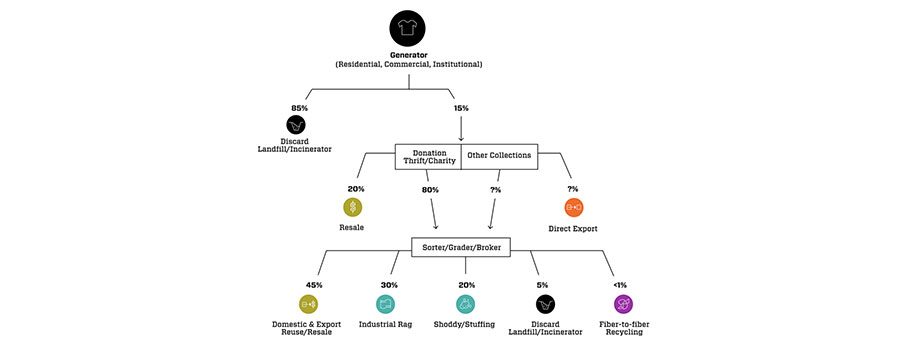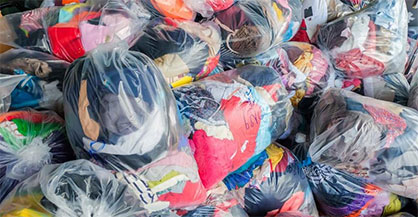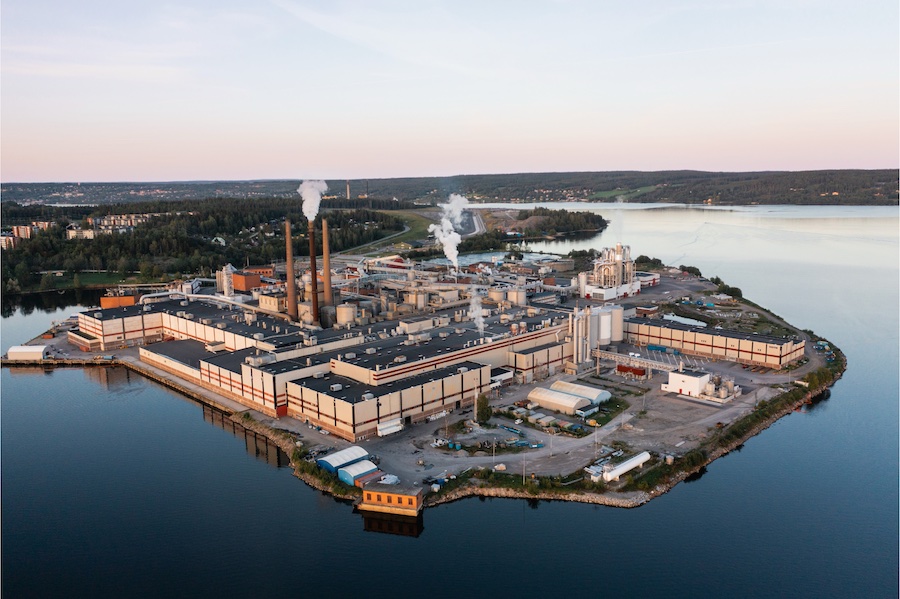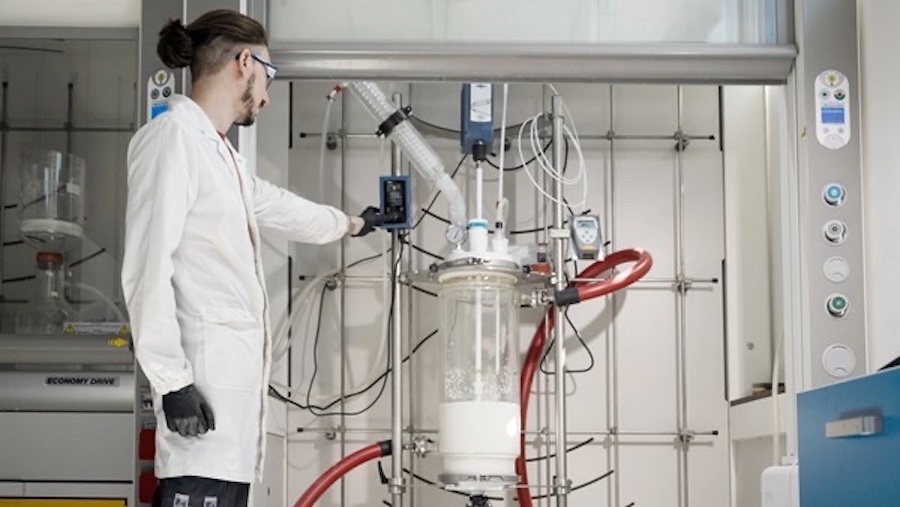#Recycling / Circular Economy
Your clothes can have an afterlife

This flowchart shows the fates of used textiles in the United States today. Question marks indicate flows for which reliable data are unavailable. "Shoddy" is a material made from shredded fibers and used for insulation and stuffing. Based on data from the U.S. Environmental Protection Agency and Resource Recycling Systems. From NIST Special Publication 1500-207: Facilitating a Circular Economy for Textiles.
Credit: N. Hanacek/NIST
NIST report identifies strategies for greater reuse and recycling of textiles.
In a new report from the National Institute of Standards and Technology (NIST), Facilitating a Circular Economy for Textiles, scientists recommend strategies to address this problem. The circular economy referenced in the title is one in which materials remain in the economy longer through repeated reuse, repair and recycling, and are finally discarded only as a last resort.
The report is based on a three-day workshop held at NIST in September 2021 that brought together manufacturers, industry associations, recyclers, waste managers, researchers, policymakers and several major fashion brands that share the goal of increasing circularity in the textiles industry.
“Textiles are one of the fastest growing categories in the waste stream,” said Kelsea Schumacher, an environmental engineer working with NIST who co-authored the report. “But there are a lot of opportunities to reduce waste in this sector that would bring big economic and environmental benefits.”
The report defines textiles to include clothing, shoes, bedding, towels, upholstery fabrics and carpeting. However, the main type of textile in the municipal waste stream, according to the Environmental Protection Agency (EPA), is discarded clothing. On average, each person in the United States discarded roughly 47 kilograms (103 pounds) of textiles in 2018, the most recent year for which data is available.
Many people donate used clothing. But clothes and other textiles that are too old or worn can still have an afterlife in other products. For example, they can be cut and resold by industrial rag manufacturers. The fibers can also be separated and recycled back into new textiles or used as stuffing for upholstered furniture and car seats or home insulation material.
The authors of the report compiled data from multiple sources to create a flow diagram that shows what happens to textiles in the United States after they are donated or discarded.

















